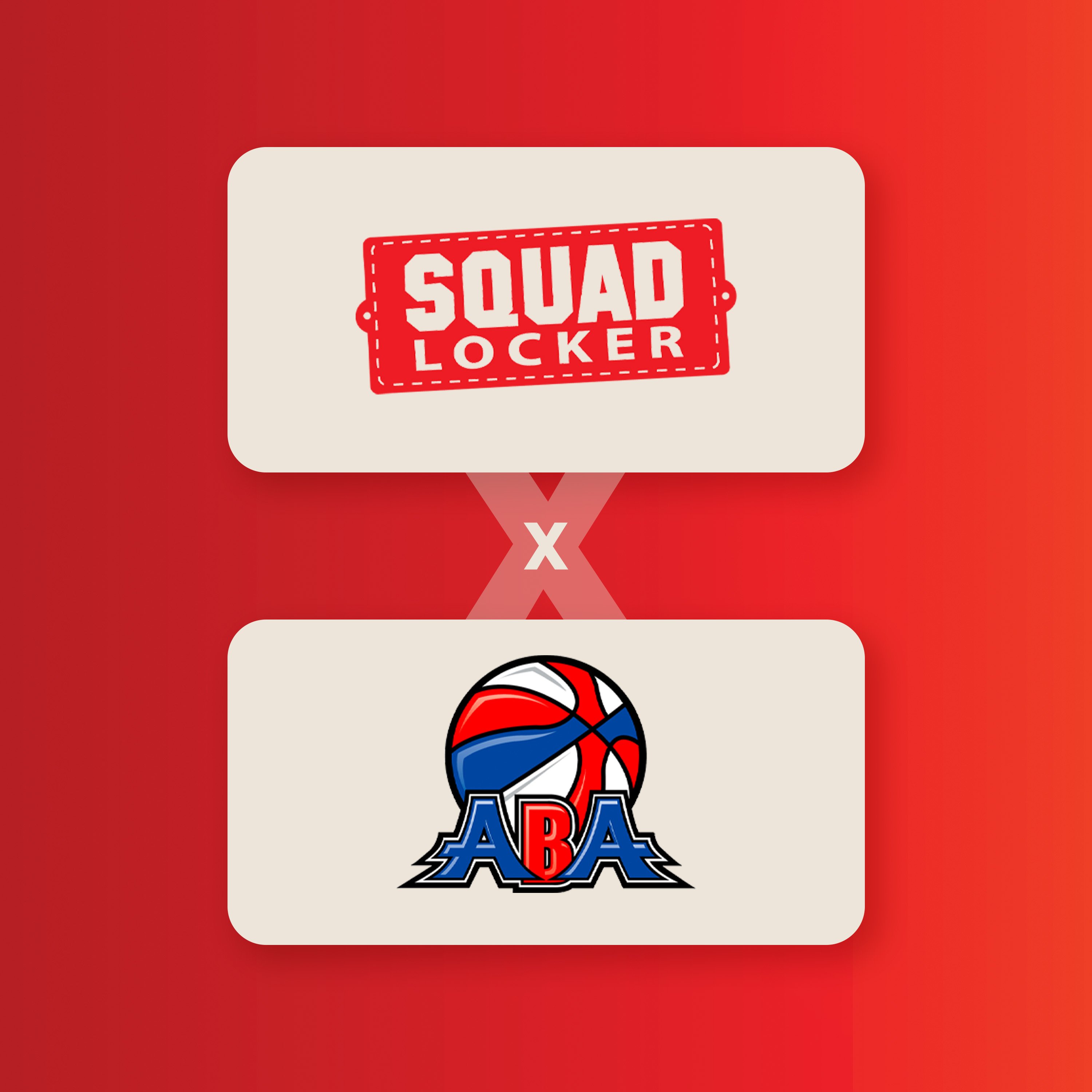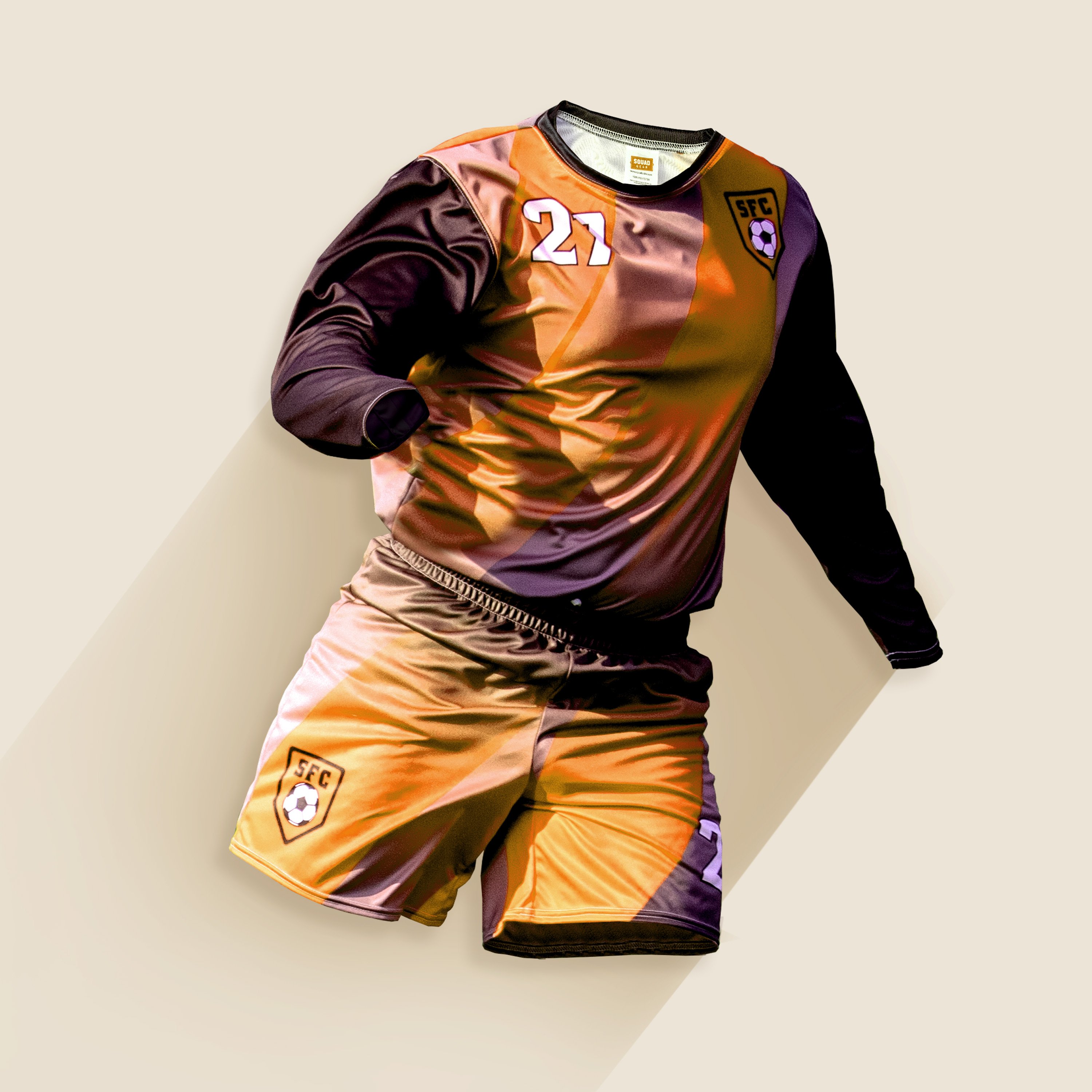A uniform is a powerful thing. Last year Glamour magazine published a look back at early women’s sports uniforms, describing styles that were initially uncomfortable and outright sexist and noting that women’s sports gear has finally become more functionally appropriate. We certainly applaud that, but here at SquadLocker we’re all about team sports. So we couldn’t help but notice that Glamour mentioned women in just one team sport – softball.
Traditionally women’s sports, while requiring athletic skill for sure, were also more genteel. However, if the rough-and-tumble of team sports was once considered somewhat unladylike, that concern is gone.
Girls have what it takes to win
Team sports for girls and women continue to grow in popularity, no doubt thanks to celebrated winners such as the US Women’s Soccer Team. What little girl doesn’t want to be like them? Besides, girls and women are just as exciting to watch as the guys, with plenty of action and skilled teamwork.
Softball is, indeed, a major sport for girls and women. It is not only popular with players, it represents big money to colleges. You may be surprised to know that, while men’s sports are commonly cited for their revenue contributions, the fact is that only men’s football, basketball, and baseball bring in more revenue than women's softball.
Meanwhile, field hockey and lacrosse are especially hot with the ladies. Lacrosse now ranks #10 in girls’ sports popularity, and it is the fastest growing high school sport. In the 2018-2019 season 99,750 girls played lacrosse, up from 88,000 in 2017 and 68,768 in 2009-2010. And participation in field hockey (one of the country’s oldest college sports) is soaring, says LeagueApps.
Darren Smallhorn, co-owner and president of New England’s HTC Field Hockey Club, says, “Sports like lacrosse and soccer are exploding. But you need to keep in mind, field hockey provides the most college scholarships of any of the female sports. That alone should signal an opportunity for young athletes who have aspirations of playing at the college level.”
The trend is clear, says Glamour. “Increased participation and success of female athletes at the Olympic Games, increased television coverage of women’s college sports, new women’s professional sports leagues and the participation increases of females in all sports and all age levels.”
But not enough . . .
The Aspen Institute notes, “Despite major gains among girls over the past four decades delivered by Title IX legislation and enforcement, in 2012, the participation rates for girls remained 2-5% lower than for boys. A 2015 study suggests that gap may be closer to 6%.” And for adults? A third of men but just 16% of women say they play sports.
According to the Women’s Sports Foundation (WSF), although boys and girls 9 and younger are equally interested in sports, by the time they’re 14 girls are dropping out 6 times faster than boys. “Even though our daughters are not as likely to be discouraged from playing sports as they were 10 years ago,” they say, “they simply aren’t encouraged to the same extent as little boys.”
So what?
The WSF notes, “Sport has been one of the most important socio-cultural learning experiences for boys and men for many years. Those same benefits should be afforded our daughters.” Why?
High school girls who play sports are:
· Less likely to be involved in an unintended pregnancy
· More likely to get better grades in school
· More likely to graduate
· Able to lower their risk of breast cancer by as much as 60% with just 4 hours of weekly exercise
Girls and women who play sports have:
· Higher levels of confidence and self-esteem
· Lower levels of depression
· A more positive body image
· Stronger feelings of psychological well-being
Girls learn all the same lessons from sports as boys, lessons that serve them well throughout life. They learn:
· How to act confident and calm even when you’re not
· How to learn from your mistakes
· Why loyalty to teammates matters
· The value of choosing team members based on traits that matter (strengths and competencies), not popularity
· The value of trial-and-error learning
· Personal worth has nothing to do with winning or losing
· Competing and the associated pressure and deadlines, can be fun
· Success comes from “stamina, strength, and good thinking – even under the most difficult of circumstances”
Uniforms that send a powerful message
What you wear when you play does make a difference, regardless of age, gender, or sport. Glamour noted that women athletes use their uniforms “to make a statement – about fashion, sure, but also about power and equality.”
Snappy uniforms accentuate:
· Team pride
· Team/school/organization branding
· Promotion
· Fundraising
· Community spirit
And, yes, what you’re wearing affects your play as well as your attitude. “You should be able to focus on your workout, not your gear, noted Glamour. “Except when you can’t. A bra chafes, a shirt rides up, pants sag. When your workout wear doesn’t fit right, it’s the only thing you can think about.”
All the uniforms we offer for girls and women at SquadLocker come from high-quality brands that specialize in outfitting players to perform at peak. Your team gets uniforms that fit properly, never impede play, breathe to keep you cool, and – thanks to your unique decoration – look simply smashing.
The 1943 All-American Girls Professional Baseball League was attired in “above-the-knee flare dresses and knee socks” and one-size-fits-all hats. Fast-forward to the 2018 French Open, where Serena Williams flustered officials by showing up in a black catsuit designed not for fashion but to help prevent blood clots, to which she is susceptible. The outfit was later banned. But last year she came to play in a different type of designer outfit, emblazoned with the words champion, queen, mother, goddess.
You go, girl!
Share this Story










